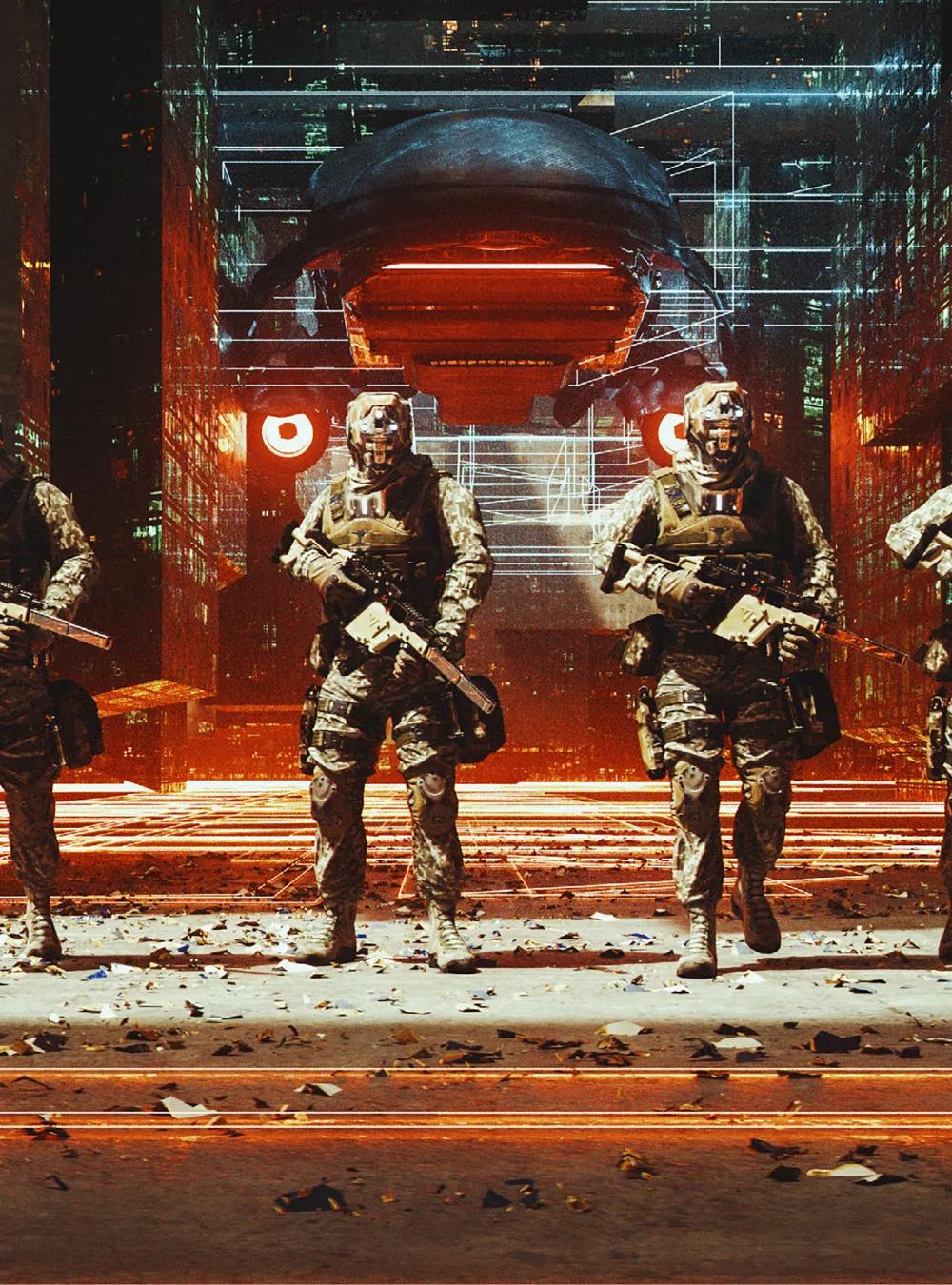Achieving decision advantage on the battlefield of the future will require automating the intelligence cycle and building trust in those processes to meet increasing demands for timeliness and to interdict advanced weapons.

Intelligence After Next: Ensuring Decision Advantage on the Future Battlefield—Intelligence at the Speed of Hypersonic Warfare
Hypersonic weapons are adding a new dimension to the pace of warfare and will drive engagements on the battlefield at blistering speeds. This will require military commanders to act faster than the advanced weapons and automated processes available to their adversaries. Achieving decision advantage in this operational environment must begin with the intelligence activities that underpin all military operations.
Timely and accurate intelligence offers the information advantage that enables the decision cycle. Applying automation to aspects of the intelligence cycle, and building trust in those processes, will enable the sensor-to-shooter constructs essential to interdict advanced weapons and meet increasing operational demands for timeliness. Failing to meet the demand for timely intelligence will result in the loss of decision advantage on the battlefield, the subsequent loss of the operational initiative in combat, and potentially the fight.
Artificial intelligence (AI)-based solutions will offer a variety of advantages on the battlefield and across the intelligence cycle. When combined with resilient Intelligence, Surveillance and Reconnaissance (ISR), and advanced analytics, it will deliver unprecedented capabilities to operational forces. However, AI alone will not fully address this challenge. We must build trust for the intelligence derived from AI processes, for both the consumer and across the Intelligence Community (IC). Trust is the key to enabling their use, and as such our ability to reap the full benefit of automation.